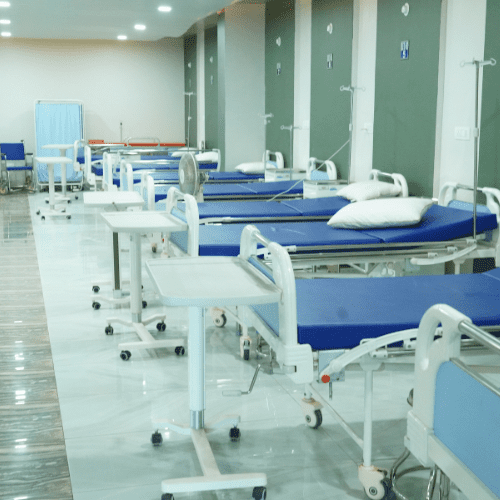Air pollution is recognized as one of the most pressing environmental challenges of our time, with significant implications for public health across the globe. With urbanization and industrialization on the rise, the detrimental effects of poor air quality have become increasingly apparent. According to the World Health Organization (WHO), air pollution is responsible for millions of premature deaths each year, making it a critical public health issue. This article explores the global health risks associated with air pollution and examines potential strategies for mitigating its harmful effects.
Understanding the Global Health Risks Associated with Air Pollution
Air pollution poses a substantial risk to human health, with a complex interplay of various pollutants contributing to a range of diseases. Common pollutants include particulate matter (PM), nitrogen oxides (NOx), sulfur dioxide (SO2), and volatile organic compounds (VOCs). These substances can penetrate deep into the respiratory system, causing or exacerbating conditions such as asthma, chronic obstructive pulmonary disease (COPD), and lung cancer. Beyond respiratory ailments, emerging research links air pollution to cardiovascular diseases, neurological disorders, and adverse reproductive outcomes, underscoring the breadth of its health impacts.
Vulnerable populations, including children, the elderly, and individuals with pre-existing health conditions, are disproportionately affected by poor air quality. Children are particularly susceptible due to their developing lungs and immune systems, leading to long-term health consequences such as reduced lung function and increased respiratory infections. Furthermore, the elderly often have compromised health, making them more vulnerable to the adverse effects of air pollution. Strategies to protect these at-risk groups are vital in addressing the public health crisis posed by air pollution.
Globally, air pollution contributes to an estimated 7 million premature deaths annually, reflecting a staggering toll on human life. The burden of disease is not equally distributed; low- and middle-income countries bear the brunt of these health impacts. Urban areas, often characterized by high population density and industrial activity, experience the highest levels of pollution, exacerbating public health challenges. Addressing air pollution is not only a matter of improving environmental conditions but also a critical public health intervention that can save lives and enhance quality of life in communities worldwide.
Strategies for Mitigating Air Pollution’s Health Effects Worldwide
To effectively combat the health impacts of air pollution, a multi-faceted approach is necessary. First and foremost, governments must prioritize the implementation and enforcement of stringent air quality regulations. This includes setting and adhering to national and international air quality standards that limit the emission of harmful pollutants from industrial sources, vehicles, and households. Such regulations can incentivize cleaner technologies and practices, ultimately reducing the burden of air pollution on public health.
Public awareness and education campaigns also play a crucial role in mitigating the health effects of air pollution. By informing communities about the sources and risks associated with air pollution, individuals can make informed choices regarding their exposure and advocate for change within their localities. Initiatives such as promoting the use of public transportation, carpooling, and the adoption of clean energy sources can significantly contribute to reducing pollution levels. Furthermore, fostering community engagement in air quality monitoring can empower residents to take action and hold industries and governments accountable.
Lastly, investment in research and innovation is essential to develop new technologies and practices aimed at reducing air pollution. This includes promoting renewable energy solutions, enhancing energy efficiency in buildings and transportation, and advancing pollution capture technologies. Global collaborations and partnerships among governments, industry leaders, and scientists can facilitate the sharing of best practices and accelerate the transition towards cleaner air. By integrating health impacts into environmental policy frameworks, countries can work towards a sustainable future that prioritizes public health alongside economic growth.
In conclusion, the health impacts of air pollution represent a significant global challenge that necessitates urgent and coordinated action. Understanding the risks associated with air pollution and implementing effective strategies to mitigate its effects is crucial for safeguarding public health. Through regulatory measures, public education, and investments in innovative solutions, it is possible to create a healthier environment that benefits both current and future generations. Addressing air pollution not only enhances individual well-being but also contributes to broader societal goals of sustainability and equity, making it an essential focus for policymakers and communities worldwide.



